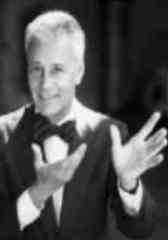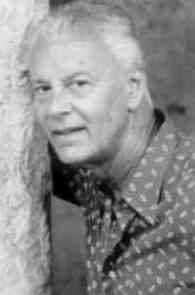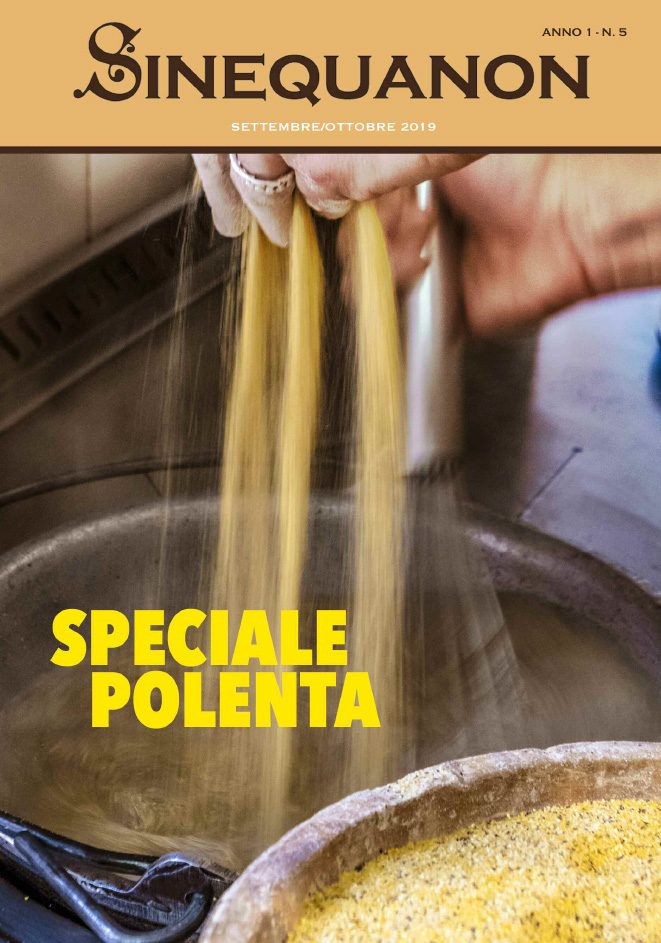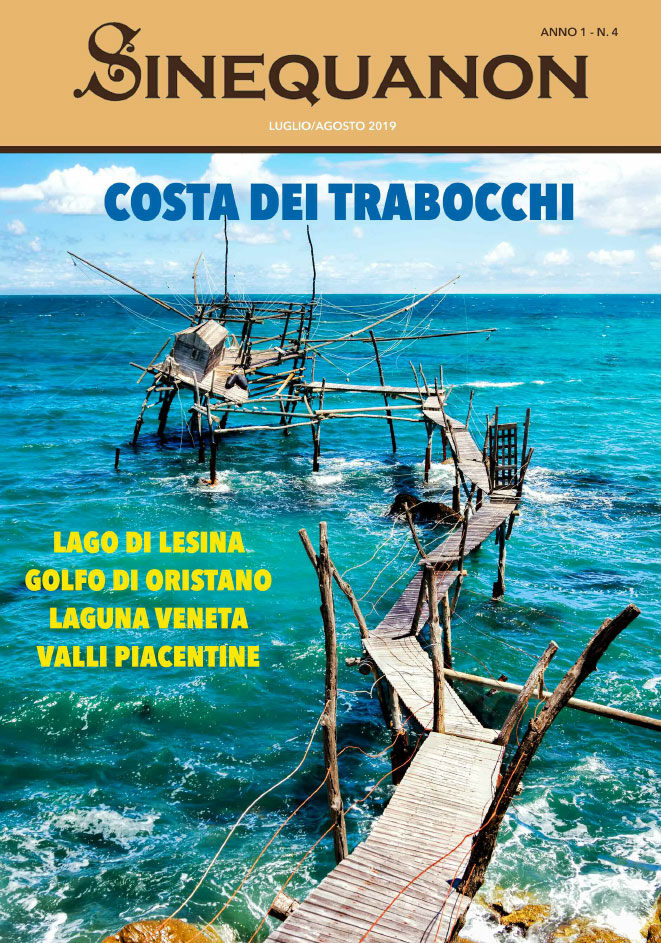TERESA CARRUBBA

The wise and ironic verve of Paolo Poli penetrates the most vivacious spirit of Palazzeschi, one of the most significant literary figures of our century, creating a mosaic of varied figures from different periods, united by the fanciful glue of the narrator. The giant woman and the dwarf woman, the hunchback, the thief, the morphinomaniac seem to emerge from a Fellinesque kaleidoscope, with the irreverent Paolo Poli maneuvering them with his evergreen virtuoso recitation. In the Aldino show, the story moves through the First World War, with its nationalist themes, arrives at Peking in the Orient, passes to colonial Africa, where heroism and exotica find a meeting point. The scenery and costumes bring in the more important images of the 1900′s, a fitting backdrop for Palazzeschi’s poetry. 
Florentine by birth and by nature, educated in French literature – his thesis was on Stendhal – Paolo Poli made his theatrical debut in a company based on the local vernacular. He soon gave in to his passion for mime and puppetry, and his love for caricature, farce and improvisation. He found a home in highly provocative works — in which his indisputable acting talents saved him from blasphemy – such as “Il diavolo o Santa Rita da Cascia” (The Devil or Saint Rita da Cascia) from 1964, which was banned from the theater for “religious outrage”, “Carolina Invernizio” (1969). In “La nemica” (The Enemy) (1969), as he is often wont to do, Paolo Poli dressed up as a woman (he may have been the first to “dare to do too much” onstage) and did explicit caricatures of mythical figures in high cabaret style, often singing. For a while Poli’s sister, Lucia, worked with him – “Giallo” (Yellow), 1974, and “Femminilità” (Femininity), 1975, are two examples.
But in the 80′s, Poli outdid himself with superb interpretations such as “Mistica” (1980), “Farfalle” (Butterflies) (1988) by Guido Gozzano, “I legami pericolosi” (Dangerous Ties) (1989) by Laclos, “La leggenda di San Gregorio” (The Legend of Saint Gregory) (1994), “Il coturno e la ciabatta” (The Buskin and the Slipper) (1995) by Alberto Savinio, “L’asino d’oro” (The Golden Ass) (1996) by Apuleio, “I viaggi di Gulliver” (Gulliver’s Travels) (1998) by Jonathon Swift, and “Caterina de’ Medici (1999) – works of the highest artistic levels that confirm, as if there were the need, the talent of the actor and his company, “Produzioni Teatrali Paolo Poli”.
As always, Poli, purposely histrionic and a ham, pleases with his irreverent historical reconstructions, with his brilliant irony and his unmistakable falsetto, all of which have played the part in the making of his immediately recognizable artistic personality while evading the conventional modes of theater. His sure interpretation and improvisation, born from a well-rounded training and a linguistic facility that allows him to move agilely from one from of theater to another without didactic pretense – he is most often simple, intelligent, cultured fun. Not only for the public, but for himself, as well.



